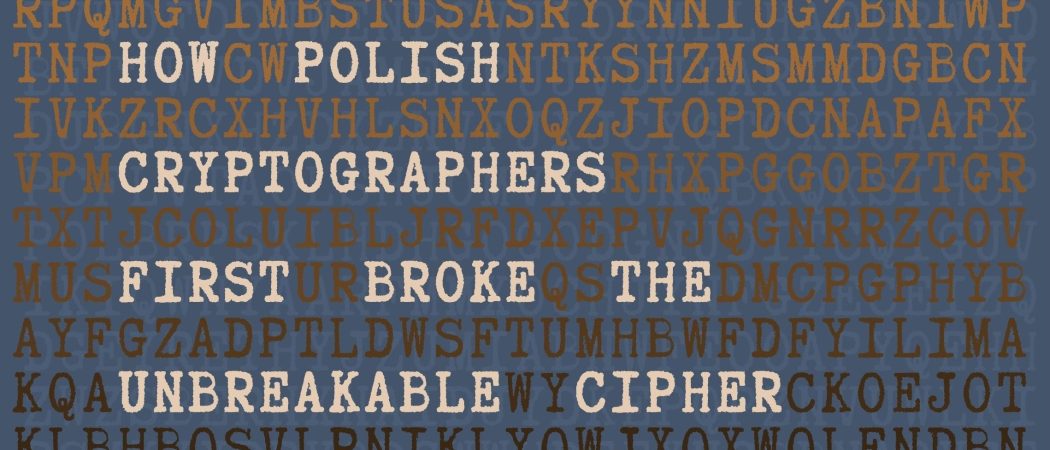Cryptography has long captivated the human imagination, combining the art of secrecy with the intricacies of mathematics, linguistics, and even theology. Despite advancements in technology and cryptographic algorithms, certain enigmatic ciphers continue to elude understanding, raising questions about their historical significance and the philosophical implications they hold. One cipher that has emerged as particularly confounding is the Zodiac cipher, associated with the infamous Zodiac Killer. This presentation explores the enigmatic characteristics of this cipher from a Christian perspective, sparking curiosity about its unresolved mysteries and what they signify for believers today.
The Zodiac cipher consists of a series of symbols and characters, initially presented in a total of four distinct ciphers sent to journalists in the late 1960s. The first two ciphers, labeled Z408 and Z340, were primarily composed of symbols and letters that proponents argue conceal a cryptic message. The third cipher, the Z13, was far more challenging, containing only thirteen symbols—a length that posed difficulties for even the most talented cryptographers. The fourth cipher, Z32, was brief but still held layers of complexity. Collectively, these ciphers reflect a blend of artistry and madness, illustrated by their creator’s lust for notoriety.
Within the context of a Christian worldview, the Zodiac cipher offers compelling questions about morality, sin, and redemption. While the killer’s identity may remain obscured, believers might reflect on why some individuals carry the burden of secrecy to such an extreme. Is this an expression of humanity’s sin nature, or does it serve a deeper purpose in God’s divine narrative? This cipher compels us to scrutinize not only the criminal psyche but also the elements of faith that can lead to either despair or salvation.
Historically, secrets and codes have played significant roles in Christianity, often symbolizing the hidden truths of biblical revelation. Parables and metaphors serve a similar purpose, inviting deeper contemplation and reflection. In this light, the Zodiac cipher can be seen as an invitation to grapple with difficult truths. Just as the parables of Jesus challenge listeners to see beyond superficial interpretations, the Zodiac cipher urges cryptographers—and indeed, all of us—to delve deeper into the meaning of words and symbols.
The effort behind decoding ciphers reflects an innate human desire for understanding—a quest that is mirrored in the Christian journey of seeking divine truths. Cryptographers endeavor to unlock cryptic messages, pursuing clarity through collaboration and innovation. In a way, this pursuit mirrors the biblical call for believers to seek wisdom. James 1:5 (NIV) states, “If any of you lacks wisdom, you should ask God, who gives generously to all without finding fault, and it will be given to you.” Herein lies a profound truth: the search for understanding is not merely an intellectual endeavor but a spiritual journey guided by faith.
Numerous techniques have been applied to attempt decoding the Zodiac cipher, ranging from frequency analysis to pattern recognition. Each failed attempt reinforces the cipher’s elusive nature, revealing layers of intentional misdirection that only add to its complexity. Here lies another parallel to the spiritual life—the need for perseverance in the face of uncertainty. Believers are called to maintain faith, trusting that answers will come in due time, even if they remain hidden for a season.
The involvement of modern technology introduces an exciting yet sobering dimension. While brute-forcing algorithms can compute vast amounts of data rapidly, they fail to encapsulate the nuances of complex human emotions and moral dilemmas that fuel the psyche of the Zodiac Killer. For Christians, this underscores the belief that understanding transcends mere data analysis; it requires compassion and moral discernment, attributes that artificial intelligence currently lacks.
As intriguing as the Zodiac cipher remains, it can also serve as a cautionary tale about obsession and the darker side of ambition. In an age where celebrity culture often glorifies notoriety, this cipher reflects a chilling reminder that the pursuit of fame can lead to destructive choices. Believers are encouraged to seek a purpose greater than personal gain—a pursuit that aligns with the teachings of Christ, who advocated for love, compassion, and selflessness.
The allure of the Zodiac cipher lies not only in its mathematical complexity and historical significance but also in its potential to foster meaningful dialogue about the human condition. In the Christian perspective, it invites us to explore themes of redemption and forgiveness in the face of the seemingly irredeemable. This exploration compels us to ask crucial questions: Can evil ever be thoroughly decoded? What wisdom resides in understanding the motivations behind heinous acts? Is there a path toward reconciliation, even for those we may deem irredeemable?
In conclusion, the Zodiac cipher embodies the challenges faced by cryptographers today. Yet, it serves an equally significant purpose within the Christian worldview, acting as a catalyst for probing deeper into the complexities of sin, redemption, and humanity’s struggle for understanding. While the cipher remains unsolved to this day, it holds the promise of an ongoing dialogue on the nature of evil and the potential for grace. In this way, the cipher stands as a testament to the inherent human desire for knowledge and divine truth, offering a poignant reminder that, often, the mysteries of life fuel our curiosity and spiritual growth.








Leave a Comment